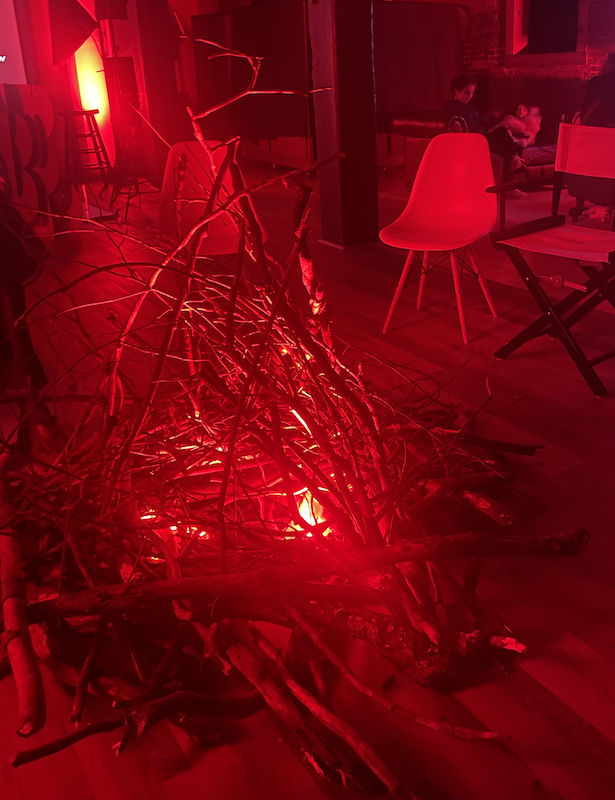Talked about my new thesis idea with Sarah about body language, emotion and machine learning.
Sarah gave me lots of suggestions and ideas about it and I listed them below:
- Try to think as a documentary filmmaker which means I should gather more information about body language and emotion.
- Go through my thesis draft again, what would people take after they encountering my project? People change their mood or they will know how powerful AI is?
- We also found that the same body language means totally different between different countries. Learning about body language cues without knowing how to apply them may skew your opinions about others for the worse, rather than improving them for the better.
Notes on Gesture
Martine Syms, 2015 (still).
It serves as an effective reminder of how popular media can influence and become part of a collective gesturing and vernacular – and vice versa.
Notes On Gesture | Video Data Bank
Acting Out: The Visibility of Blackness in the Work of Martine Syms – Momus
Training Poses (Installation)
2019 · installation – Sam Lavigne
An installation in which audience members attempt to match their poses to subjects in the Microsoft COCO image dataset.
Training Poses (Installation)
Sam Lavigne
Very Nervous System
Interactive Installations (1986-1990) – David Rokeby
“In these systems, I use video cameras, image processors, computers, synthesizers and a sound system to create a space in which the movements of one’s body create sound and/or music. It has been primarily presented as an installation in galleries but has also been installed in public outdoor spaces, and has been used in a number of performances.”
David Rokeby : Very Nervous System
Replika
Replika, the “AI companion who cares,” has undergone some abrupt changes to its erotic roleplay features, leaving many users confused and heartbroken.
“Replika’s sexually-charged conversations are part of a $70-per-year paid tier, and its ads portray users as being lonely or unable to form connections in the real world; they imply that to find sexual fulfillment, they should pay to access erotic roleplay or “spicy selfies” from the app.”
‘It’s Hurting Like Hell’: AI Companion Users Are In Crisis, Reporting Sudden Sexual Rejection
Replika
The Amazon Echo as an anatomical map of human labor, data and planetary resources
Anatomy of an AI System
Teachable Machine
Teachable Machine
Homework:
- Use teachable machine
- Go through the thesis draft again
